The first time Murray Tinkelman met Lorraine Fox (someone whose work he had much admired) he was just beginning his tenure at New York's vaunted Charles E. Cooper studio. By that time (around 1956) Lorraine Fox was already well established in the illustration business and at Cooper's. "Lorraine was a very quiet, very reserved lady," says Murray, "and underline "lady." She was a lady. Very elegant; a very handsome woman."
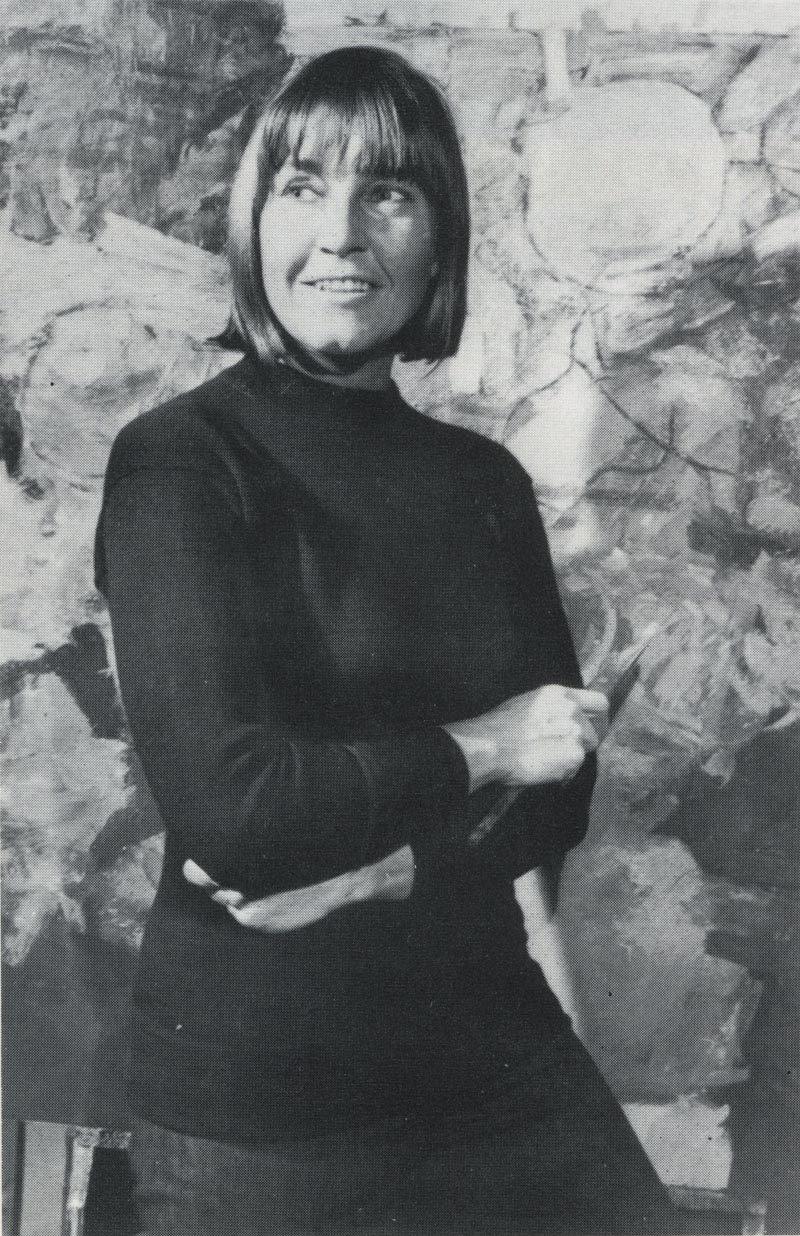
Continues Murray, "And I was disappointed at her lack of response to what I was doing. She didn't say, "Aww, that's crap," or anything demeaning, but she just looked a little... 'cool' about it."
That cool initial impression didn't last long. Some ten years later, in an interview with Famous Artist Magazine, Fox, while discussing a critical turning point in her artistic growth described meeting "a young painter who told [me] about his painting experience with Reuben Tam at the Brooklyn Museum of Art."
The young painter was, of course, Murray Tinkelman. The two would not only become respected colleagues, but life-long friends. Thanks to Murray's encouragement, Fox went on to study with Reuben Tam and later said, "It changed [my] thinking. I would run into people who would say, "I see you've been Tamified."
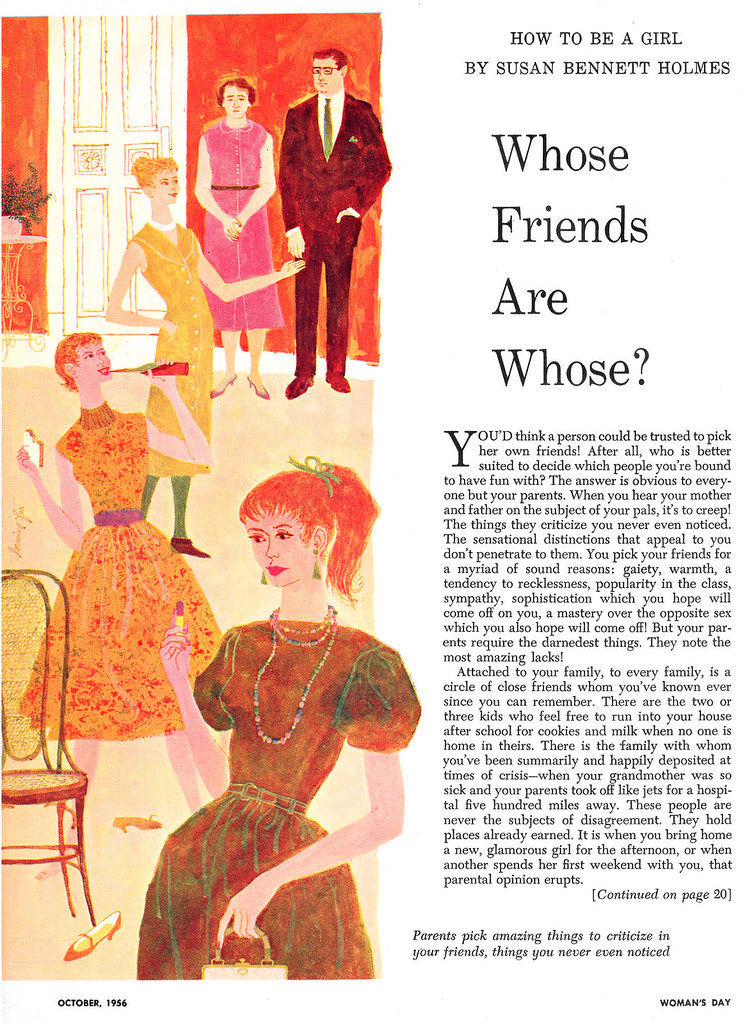
Lorraine Fox is a mid-20th century illustrator of great distinction - because she was so successful as a female illustrator in what was then a male dominated industry, because she never wavered from pursuing her own unique artistic vision at a time when the business very nearly insisted on a sort of standardized 'literal realism,' and because, perhaps most remarkably, she accomplished this not from the fringes of the business, but ensconced in what was then truly the centre of the 1950s commercial art universe - the Charles E. Cooper studio.
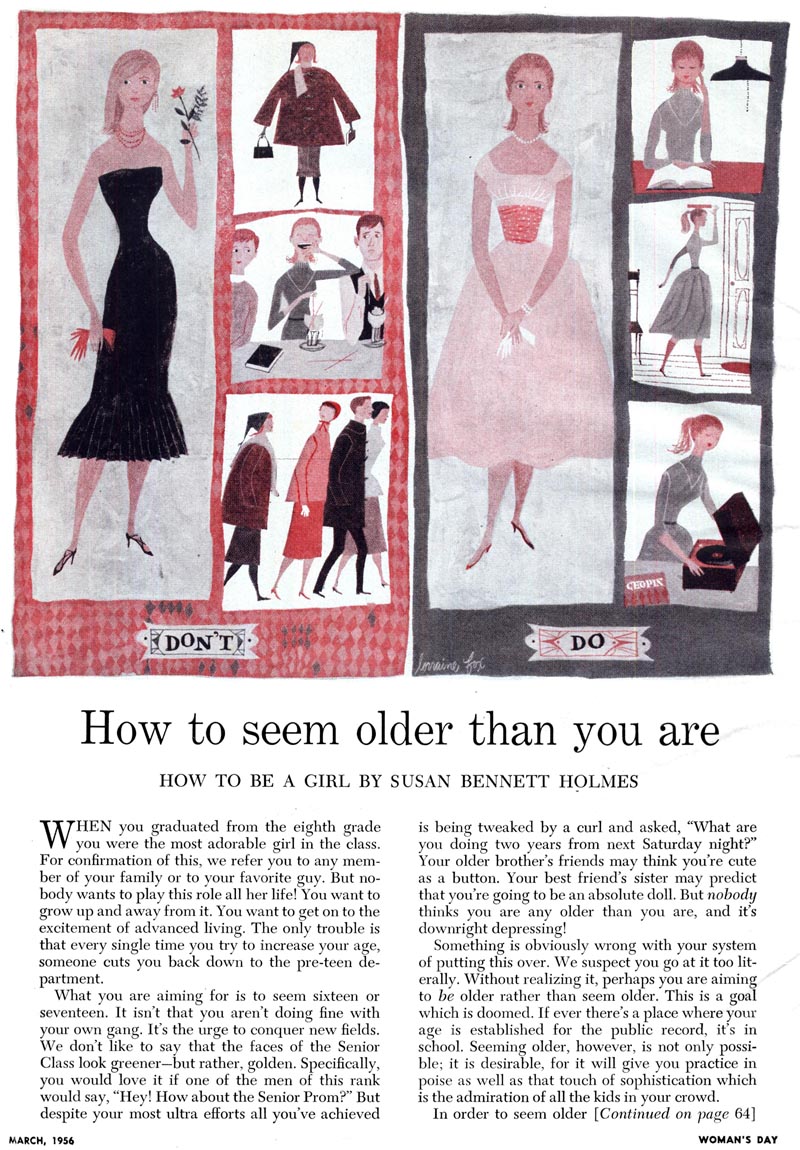
Cooper's was the place where commercial art was purchased by America's largest advertisers for top dollar. It's salesmen were not exactly attuned to - or receptive of - highly individualized, style-driven illustration. In spite of the odds, Lorraine Fox held her own and flourished there on both advertising and editorial assignments, her work appearing steadily in the major magazines of the day.
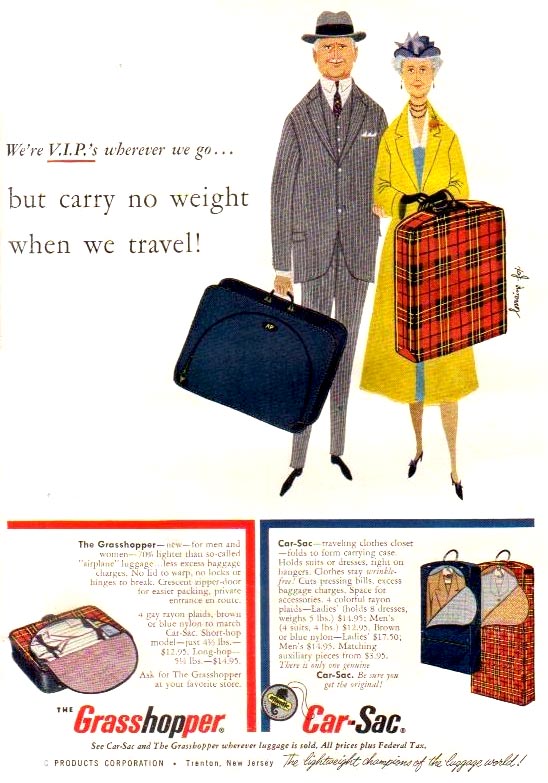
Thanks to Matt Dicke, who provided me with scans, I now have a copy of the entire 1967 interview with Lorraine Fox.
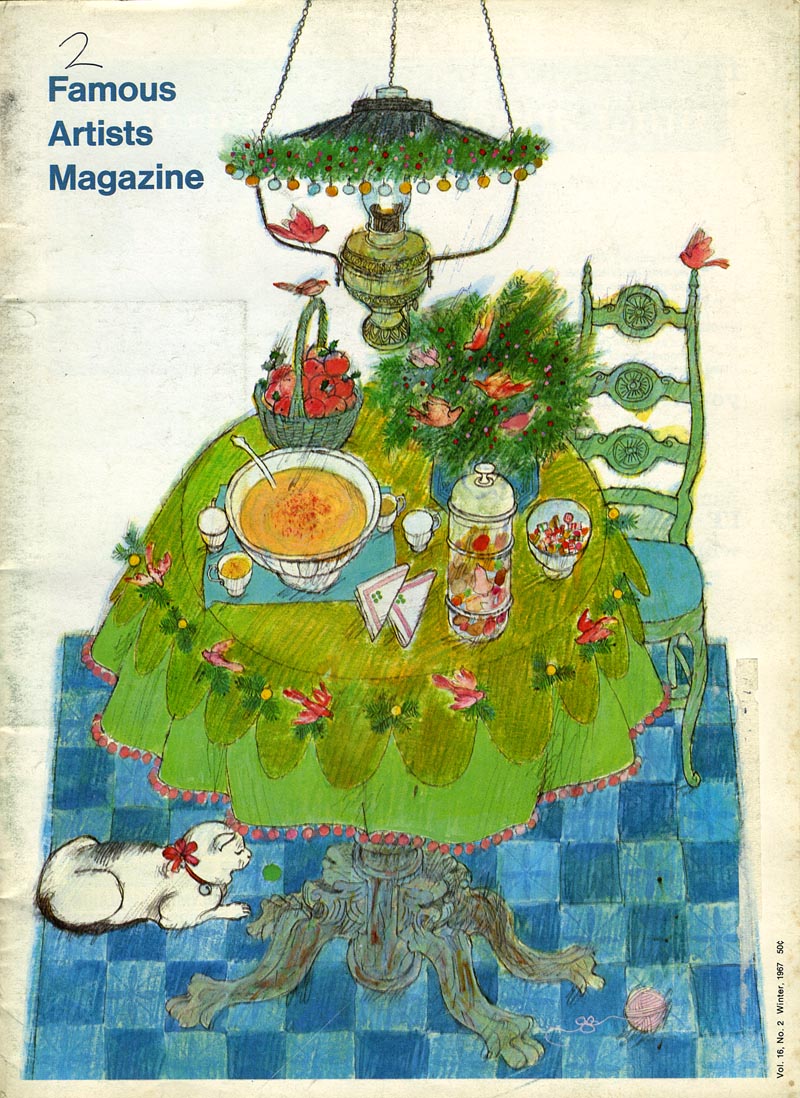
This week we'll look at some wonderful examples of Fox's work and read what she had to say about her career, about art, life and learning - in her own words.









Post a Comment